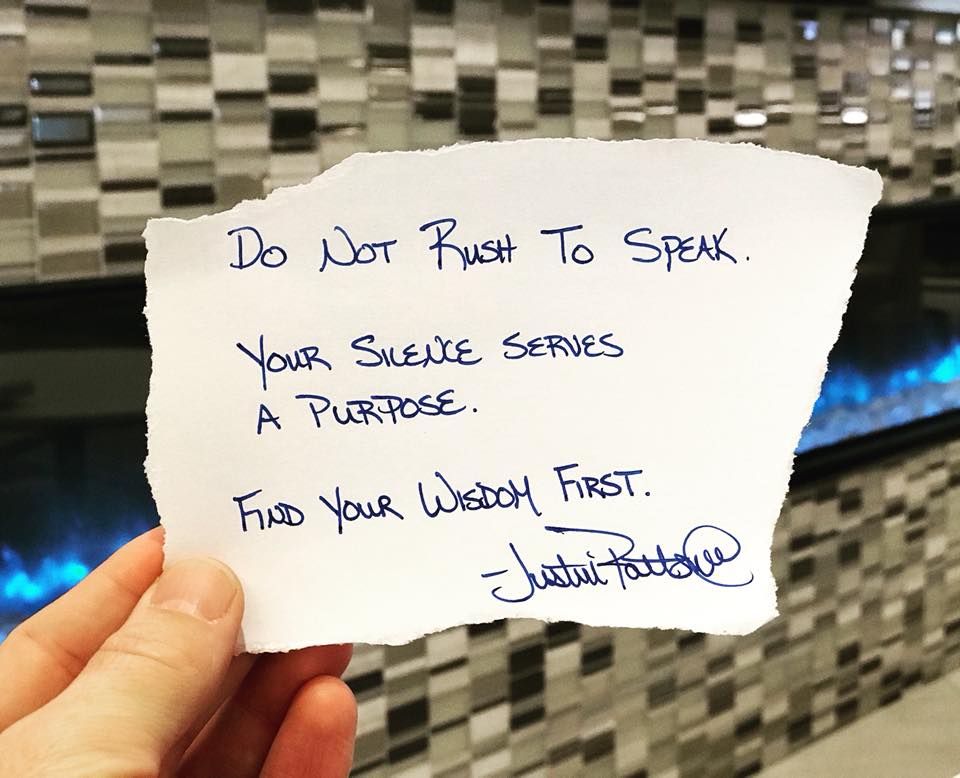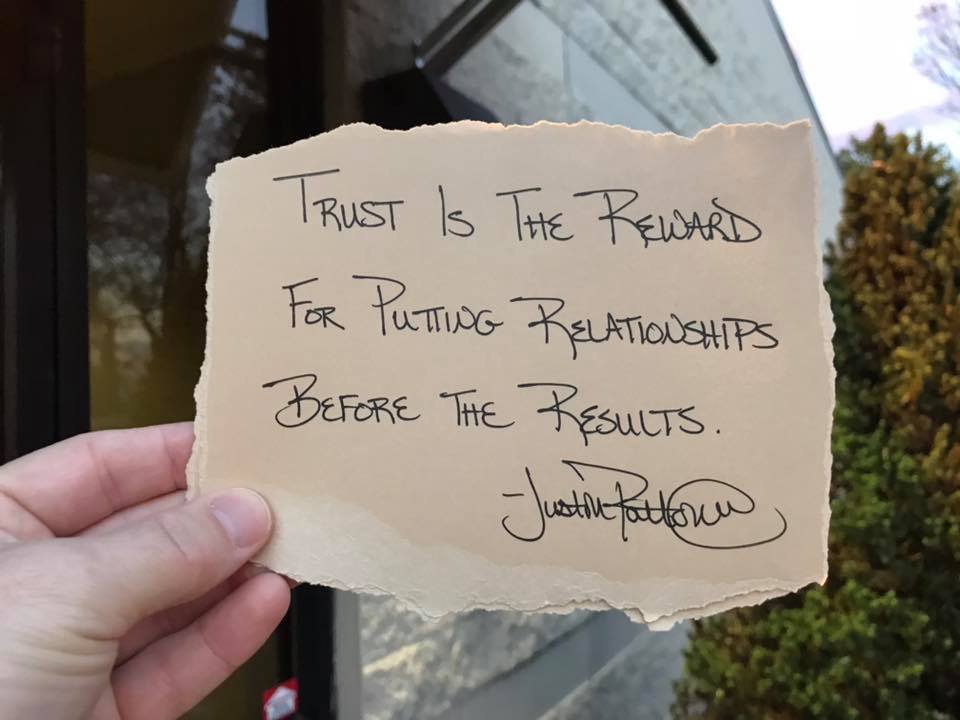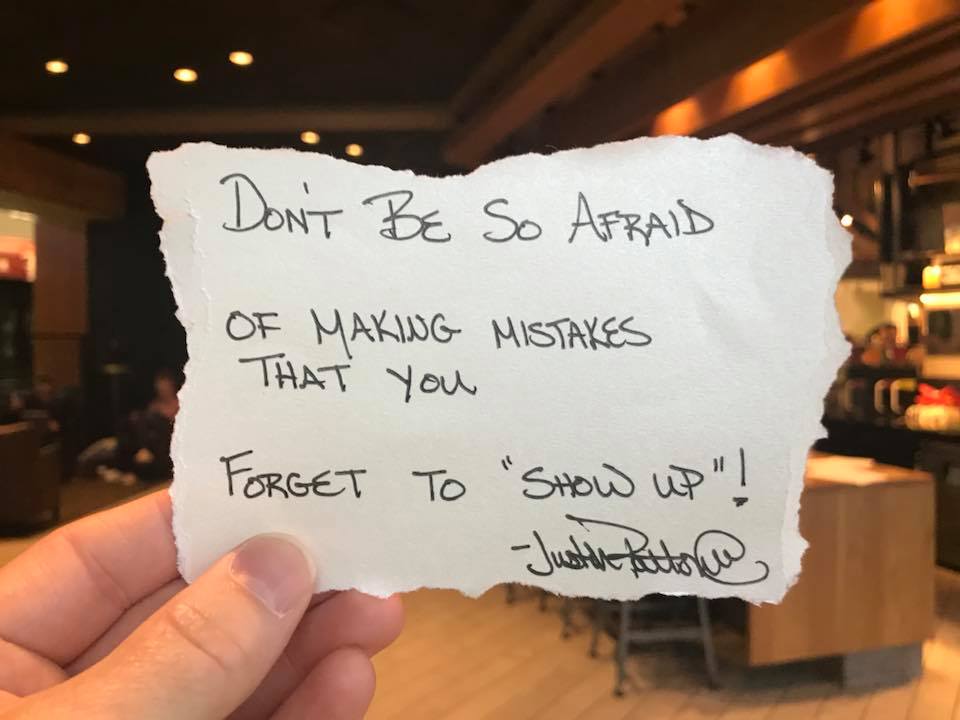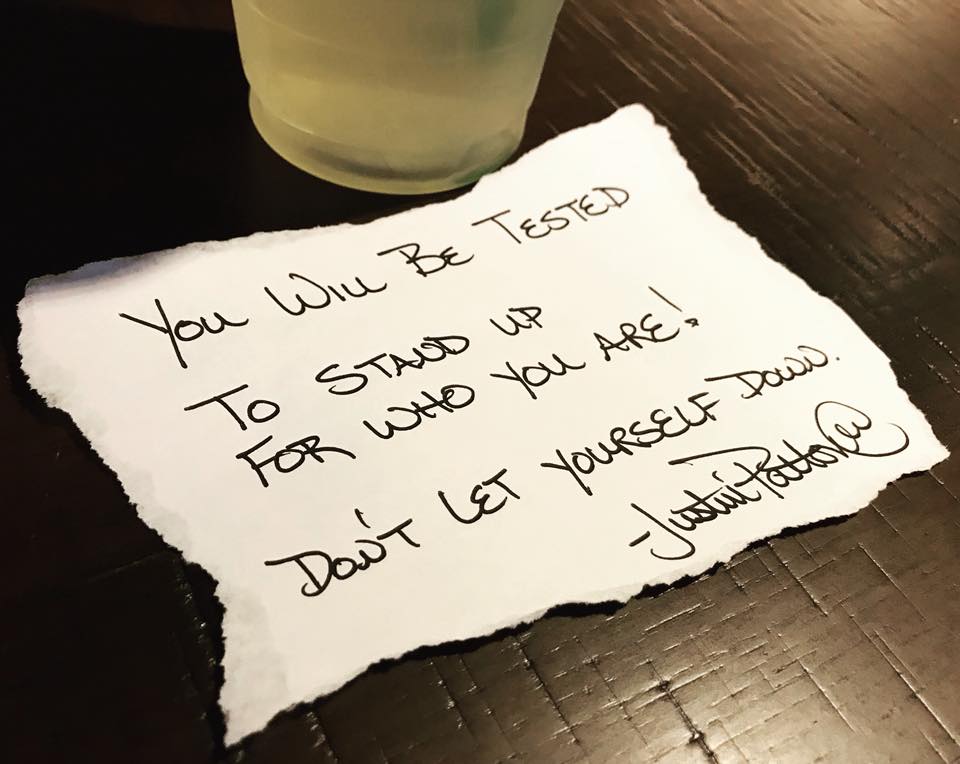You probably have that person at work who you feel is toxic. You feel they repeatedly suck the life-force out of you and you would rather walk on hot coals than have a conversation with them.
It can be challenging to communicate effectively with toxic individuals, but avoiding them or the situation only builds resentment on your part and negatively impacts the relationship. Emotionally intelligent leaders engage in meaningful ways so they can move the business and relationship forward.
Here are 6 pivotal steps to communicating with toxic people effectively:
1 – CREATE EMOTIONAL DISTANCE
We have all received an email that ignited an emotional response, and instead of responding when we were calm, we set out to show them how they were wrong, wrote an impulsive response, and hit send!
10 minutes later we are trying to figure out how we can recall the email.
None of us show up our best when we are emotionally triggered; therefore, the best thing you can do for yourself and for the relationship is to create some emotional distance so you can understand why you’re feeling the way you do – and before you say or do something you regret!
It is our lack of impulse control that often gets us in predicaments we could otherwise avoid. Do not allow others’ reactions to force you into a response or a decision when you are not able to think and show up your best.
You can create emotional distance by breathing before you speak, taking time to step away and think before you engage, identifying what emotion you’re feeling and why, and acknowledging their perspective is true to them.

2 – TAKE A LOOK AT YOURSELF
It has often been said that every relationship is a divine appointment to teach us about ourselves and the work we still have left to do. We become better leaders of ourselves and we show up from a place of personal power when we focus on what we can control in any situation. You may never get a person to change their behavior, but you can ask yourself, “What am I supposed to learn about myself from this person and/or situation?”
If you find yourself consistently in the same patterns with bosses, colleagues, lovers, family members then the common denominator is you. Don’t beat yourself up. Learn. Figure out why you’re constantly inviting that energy in your life, what does the situation say about your boundaries and triggers, and what action(s) do you need to take moving forward?

3 – MANAGE YOUR INTENSITY
It is not your opinion that holds you back; it is your intensity.
None of us communicate effectively when our passion turns into judgment. When this happens, we start to speak from our ego and we no longer make it safe for people to hear what we are really trying to say. We are not fully present, we are more focused on being right than understanding, we shame others for their truth, and our presence elicits a fight or flight response in others.
You will instantly speak with stronger impact and influence when you can learn to sit back in your chair, put your feet flat on the ground like you’re wearing concrete boots, avoid raising your tone, maintain open body language, and engage with genuine curiosity.

4 – PUT THE RELATIONSHIP BEFORE THE RESULT
One question that has the most impact in shifting my clients’ behavior is, “What would you have done differently if you put the relationship with that individual before the result you wanted?” Time-after-time, they acknowledge they would have made very different decisions that would have resulted in more influence.
Transactional leaders are only focused on results, and they do not care if they sacrifice relationships in the process. Their positional power means more to them than their personal power. Transformative leaders, however, understand that great results are achieved through people, so they put their focus on the relationships.
How would you approach the conversation with a toxic person if you were focused on the relationship and knowing that you had to work with him/her long-term?

5 – SHINE LIGHT ON THEIR BEHAVIOR
There comes a point, in every relationship, where you will need the courage to get uncomfortable and engage in a difficult conversation.
Here is a process on how to initiate that conversation effectively:
- Share why you’re having the conversation (create mutual interest)
- Shine light on the behavior (explain the behavior and the impact it is having)
- Ask a direct question out of curiosity (not judgment)
- Be quiet until they respond (sit in the discomfort)
Example:
I know this project is important to both of us and we both have a lot riding on the success of this. I want to make this work so we don’t dread these meetings. However, every time I try to offer a suggestion, I feel you dismiss it without any conversation. I find myself becoming disengaged and I don’t want that to happen. What’s really going on?

6 – KNOCK THEM OUT OF THE BOAT OR JUMP OUT OF THE BOAT
Sometimes in the process of self-care you will need to walk away from toxic individuals. You will know it is the right time to walk away from a toxic relationship when you are consistently being pulled out of the truth of who you are and no longer showing up your best.
If you have positional power over the toxic person, and only after you’ve engaged in meaningful conversations, you might need to knock them out of the boat before they sink everyone and everything else.
If you don’t have positional power and the toxic person is a boss, you might have to make a tough decision about when to jump out of the boat. It might feel counter-intuitive, but sometimes jumping over and swimming to safety is safer than rowing a sinking boat and drowning slowly.


